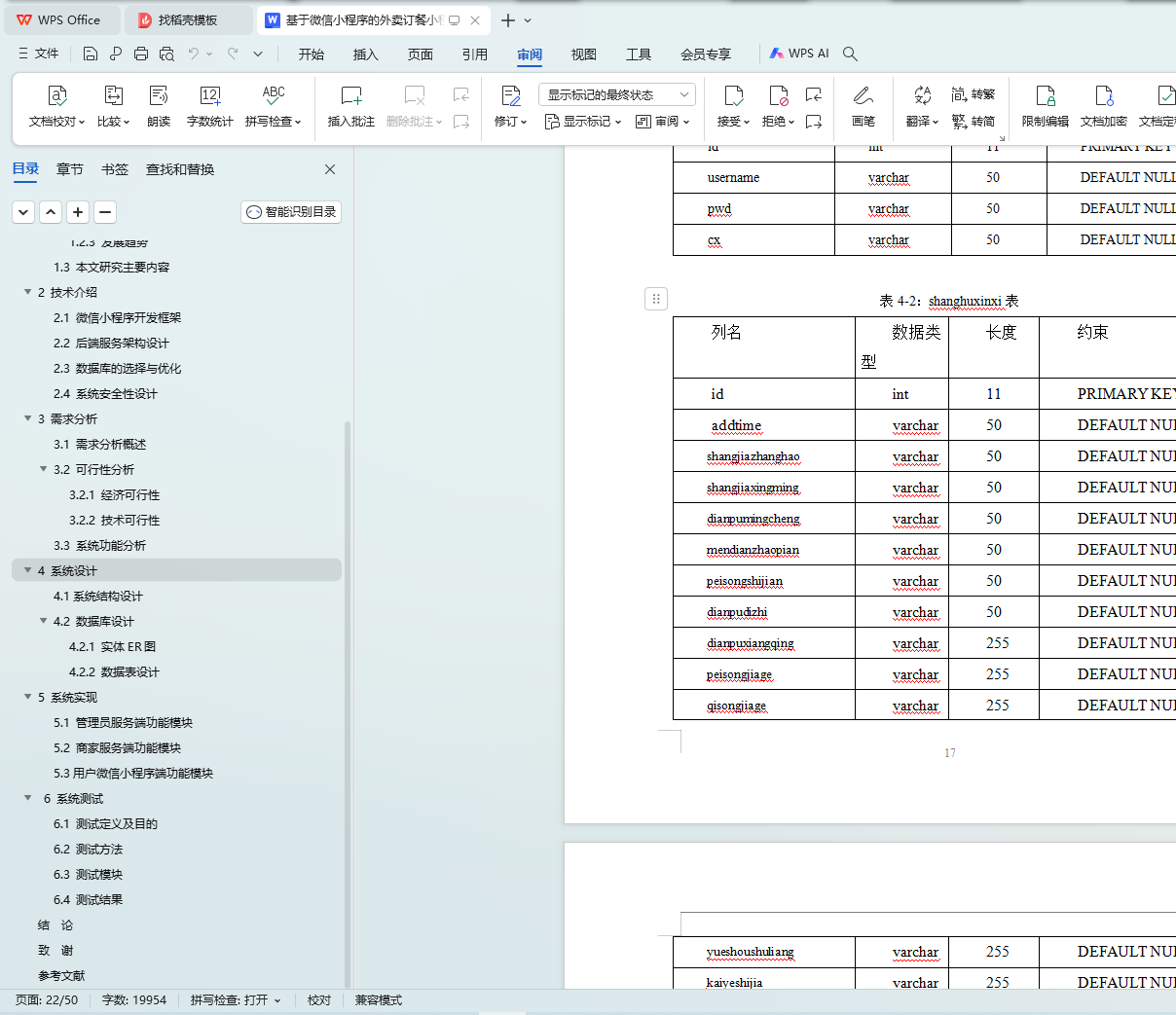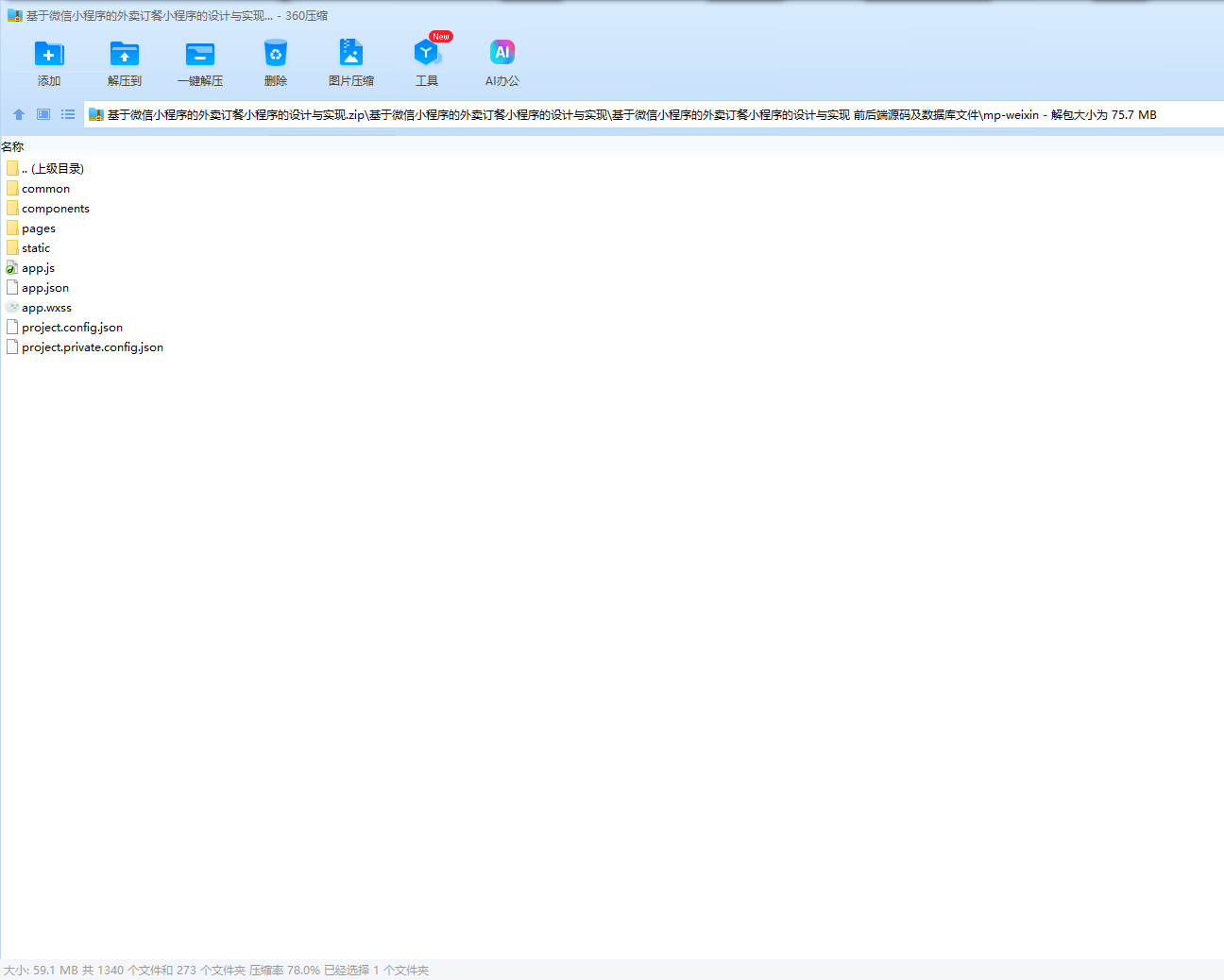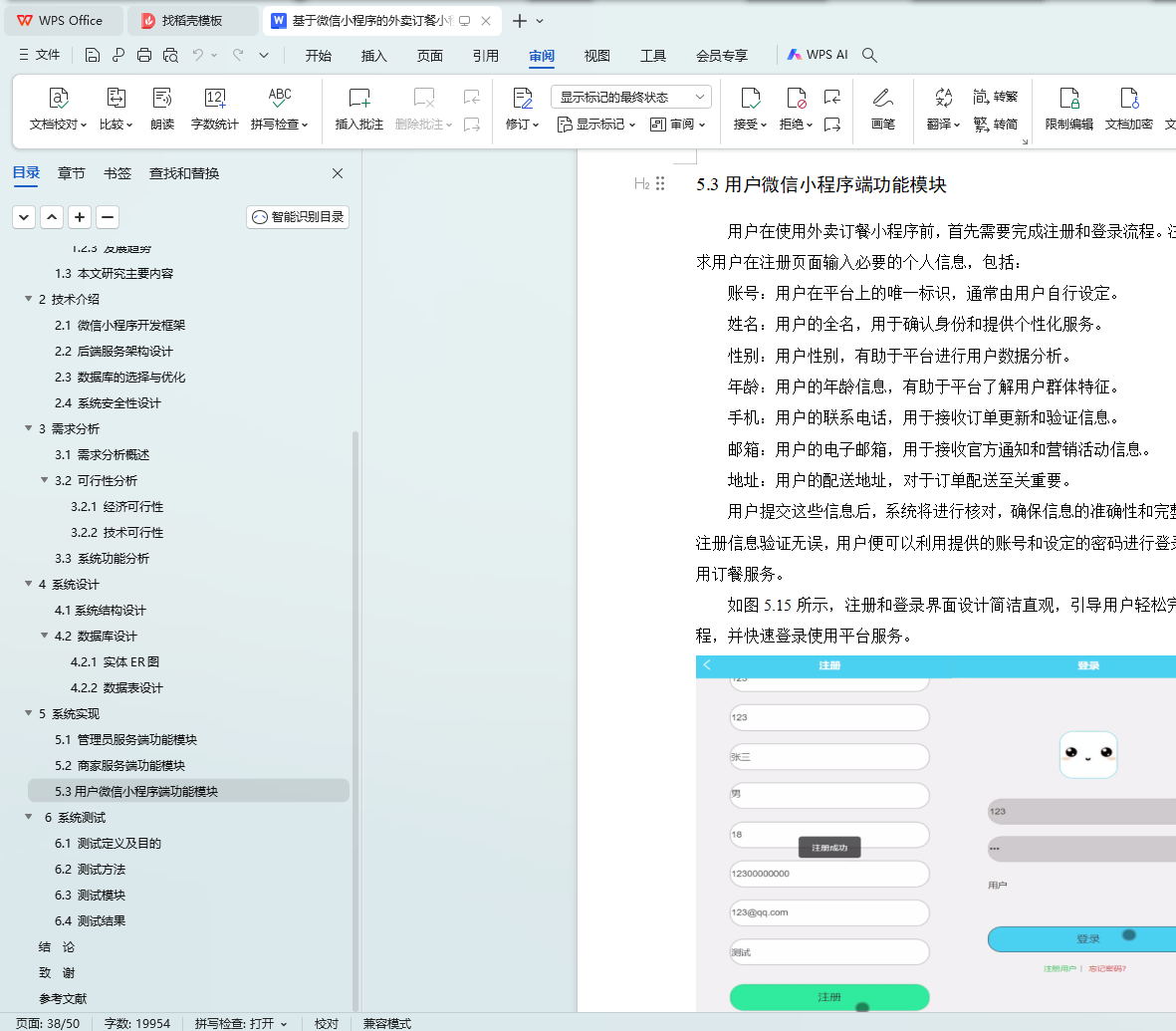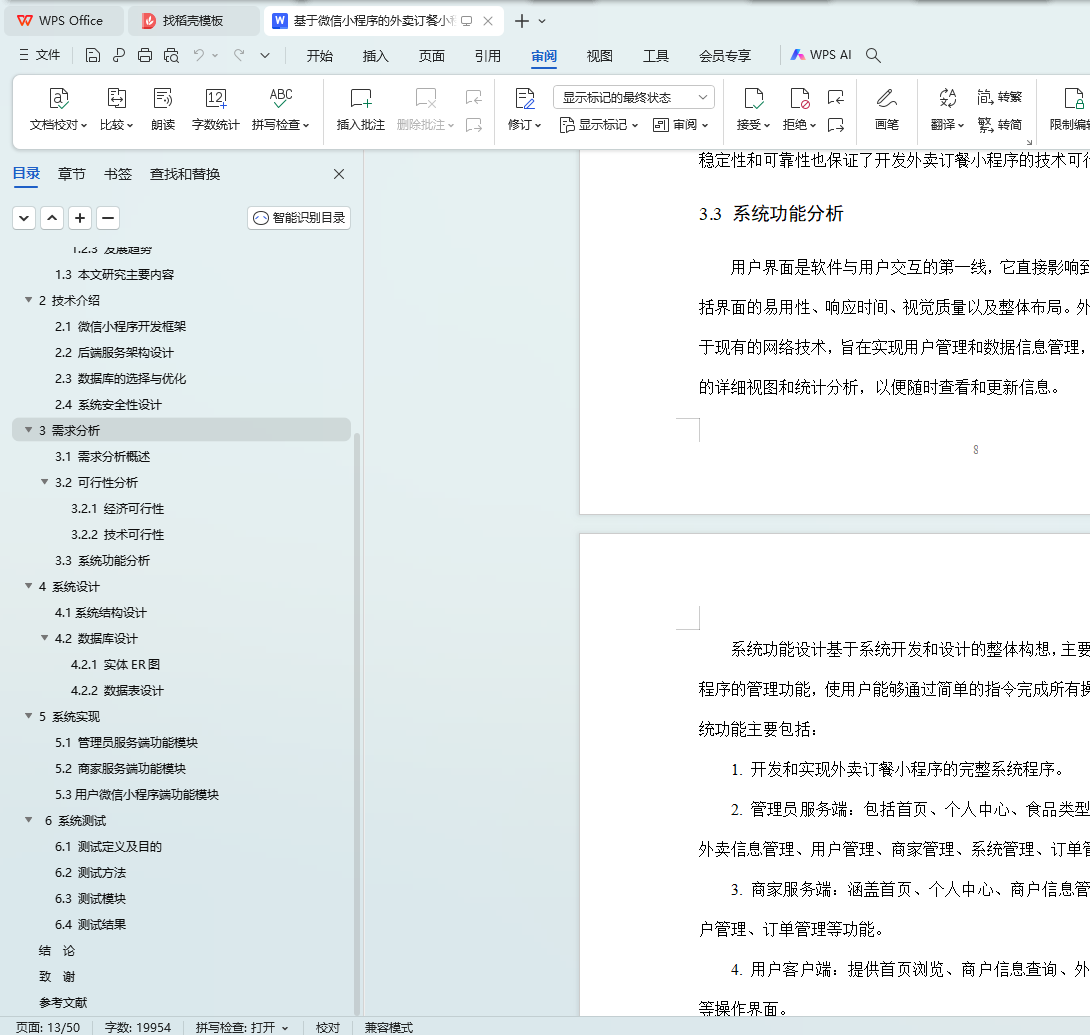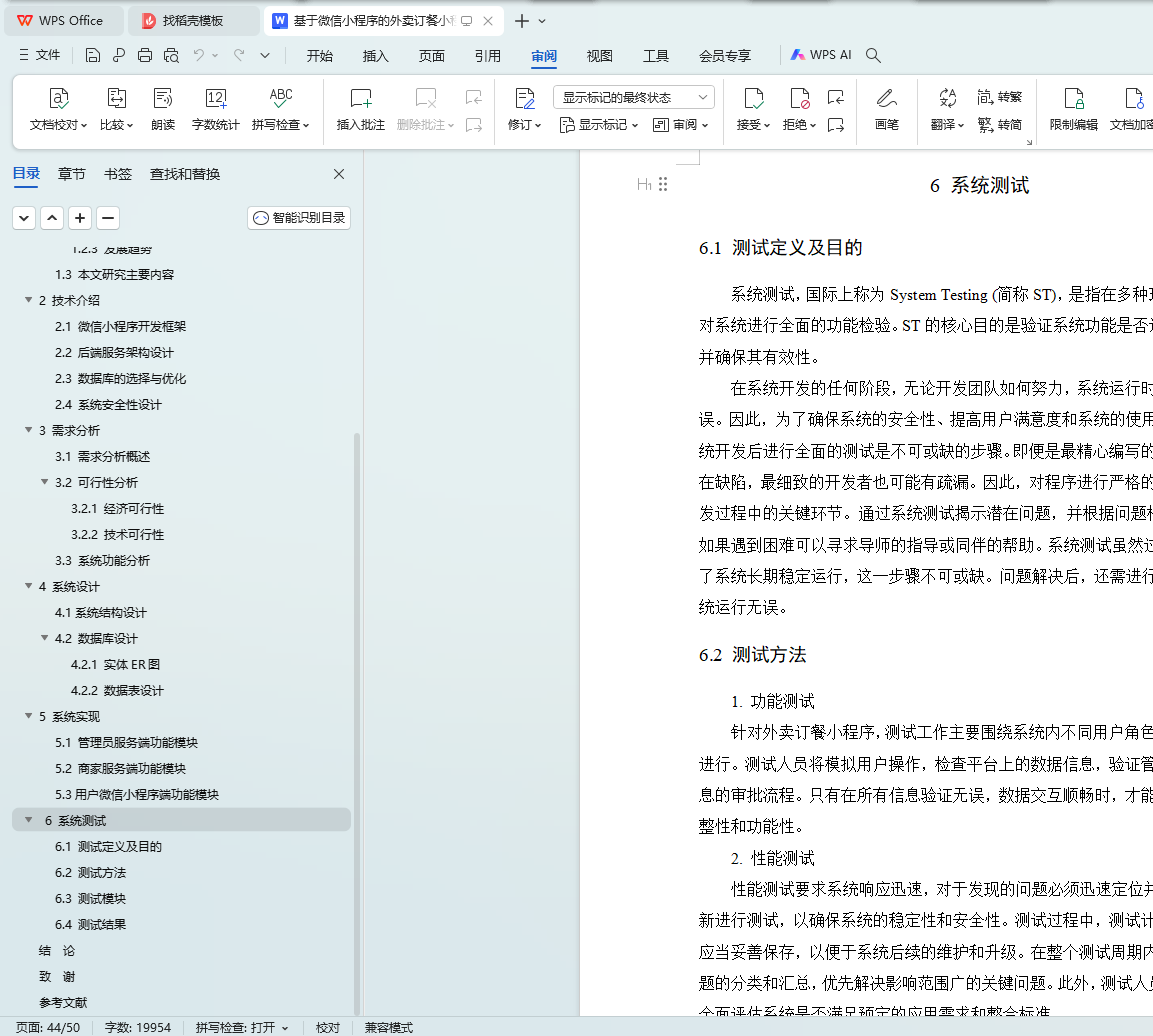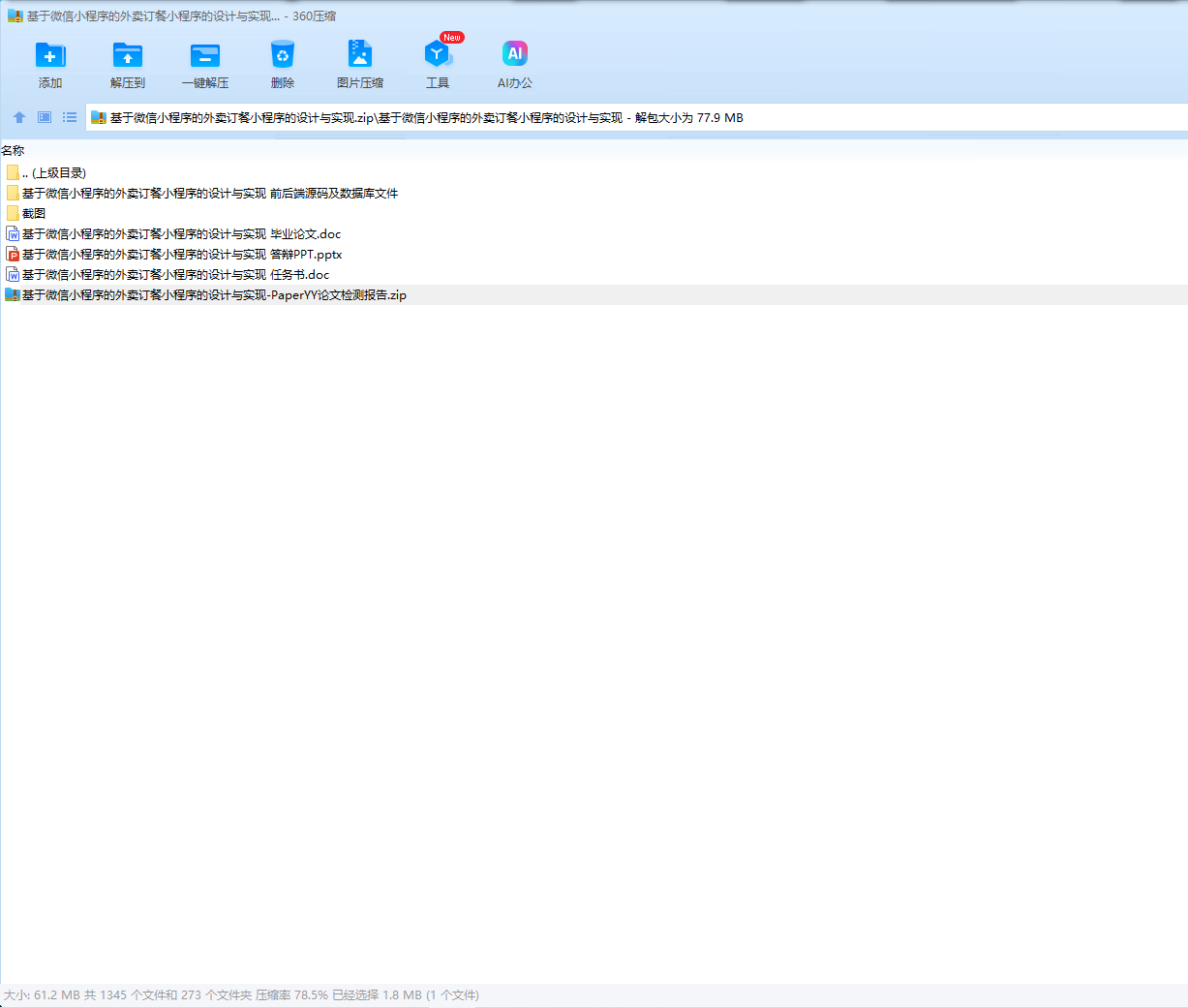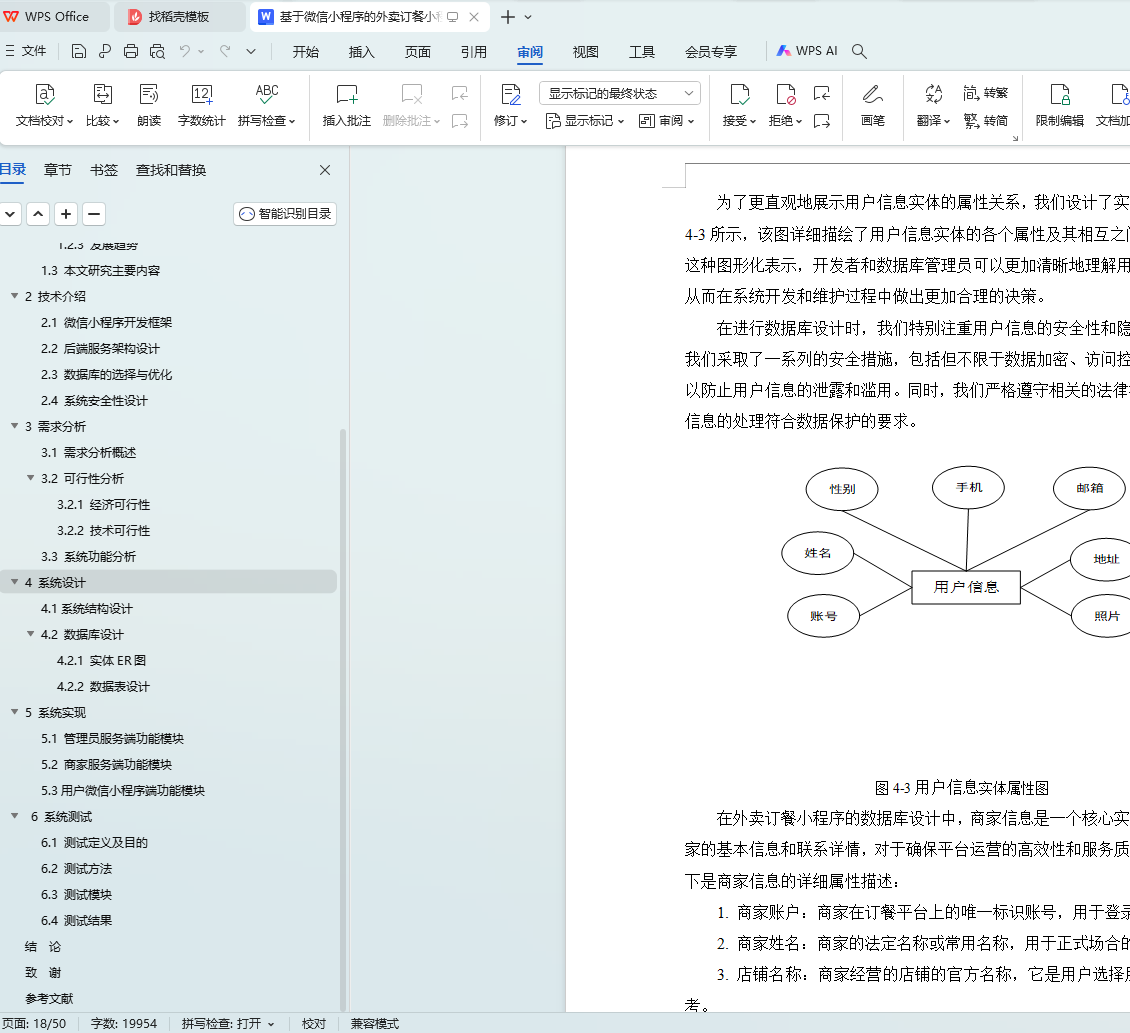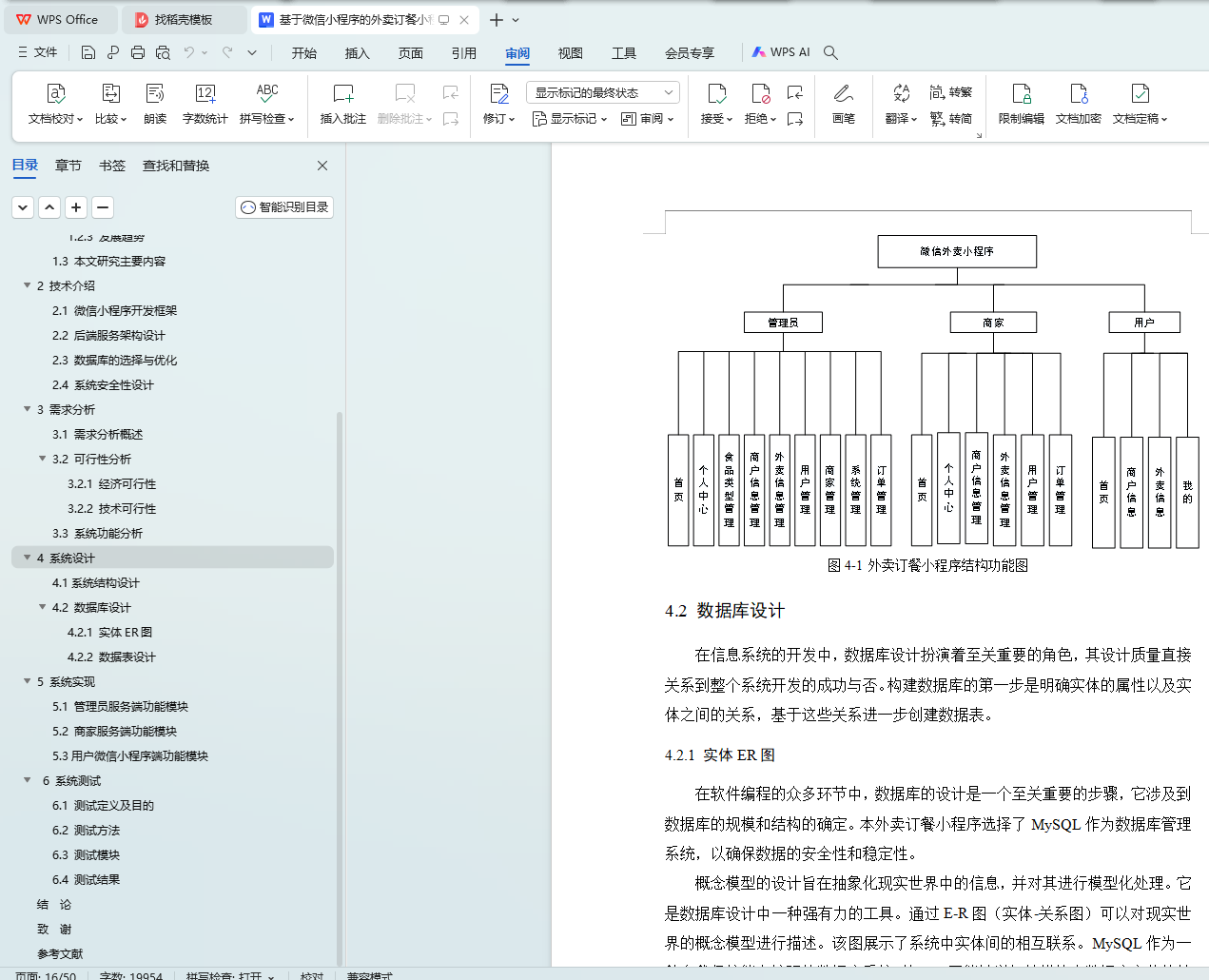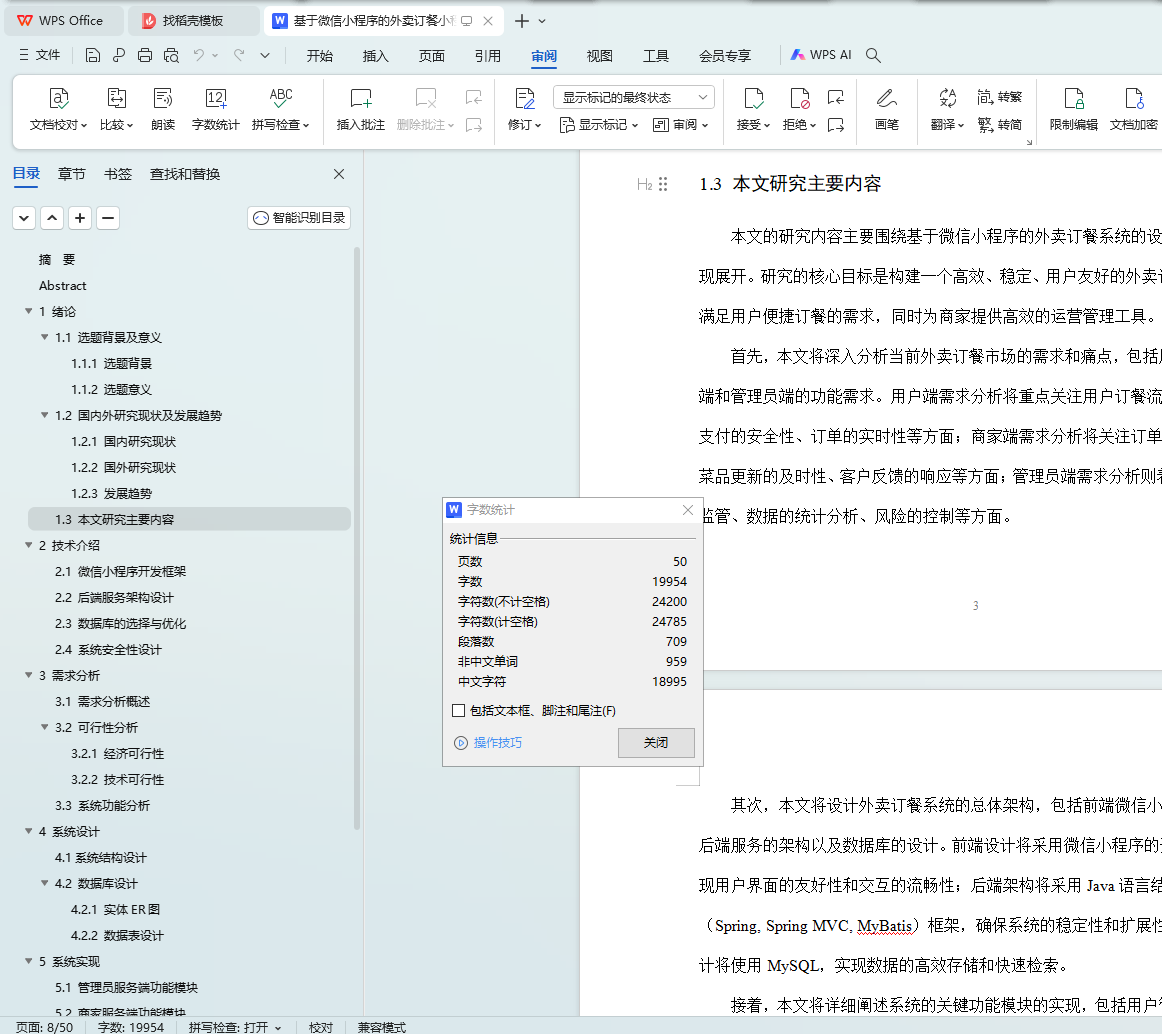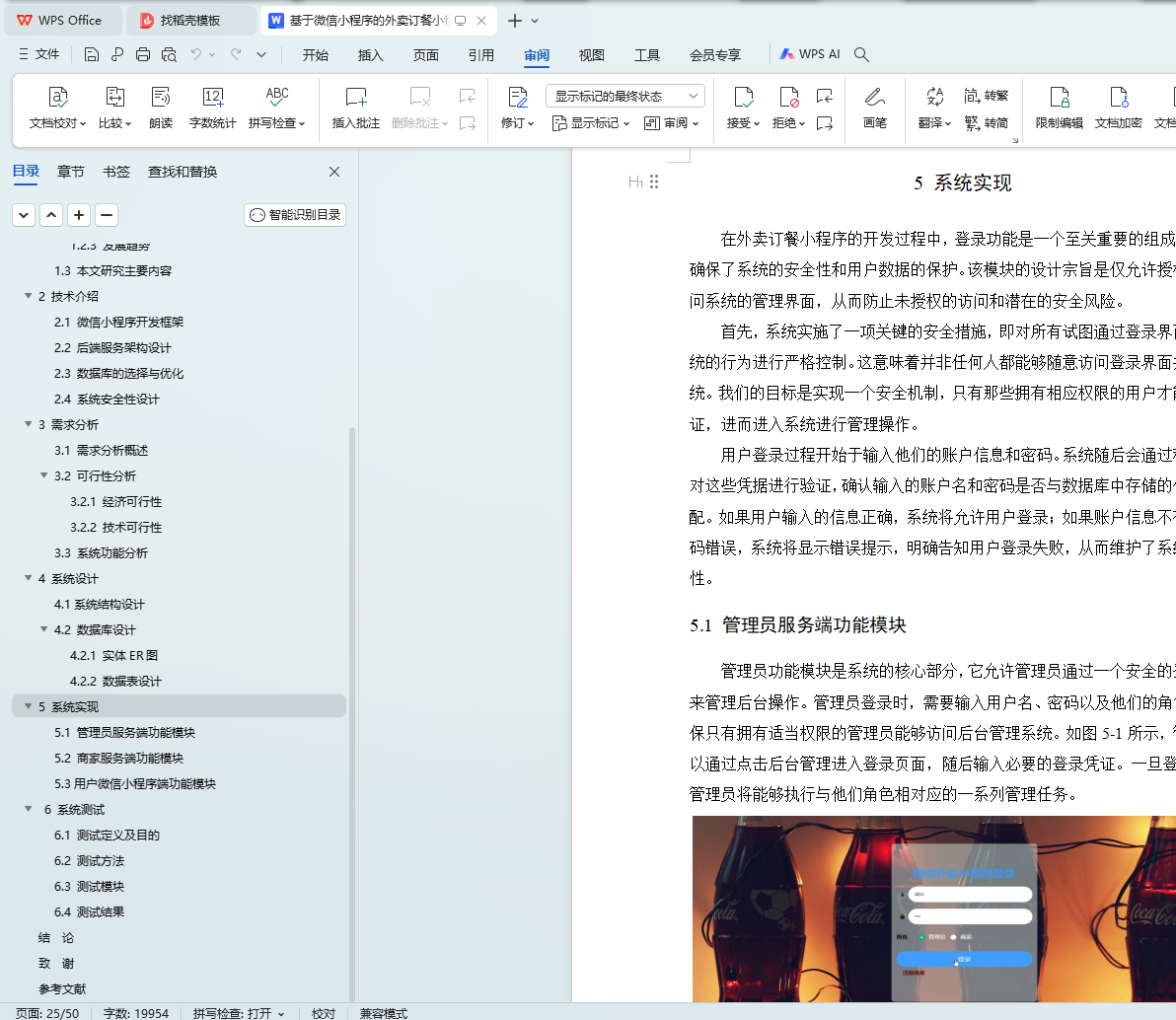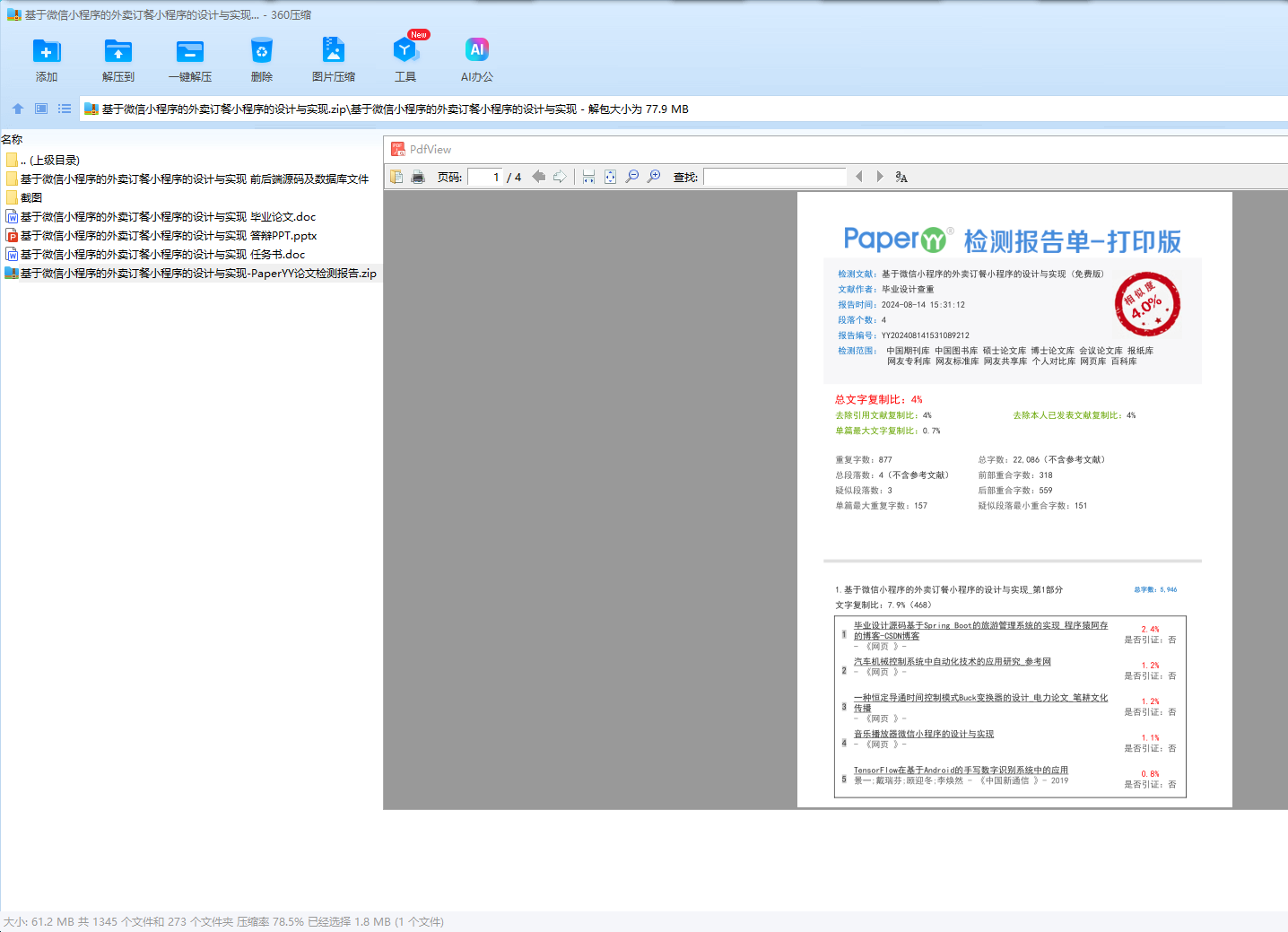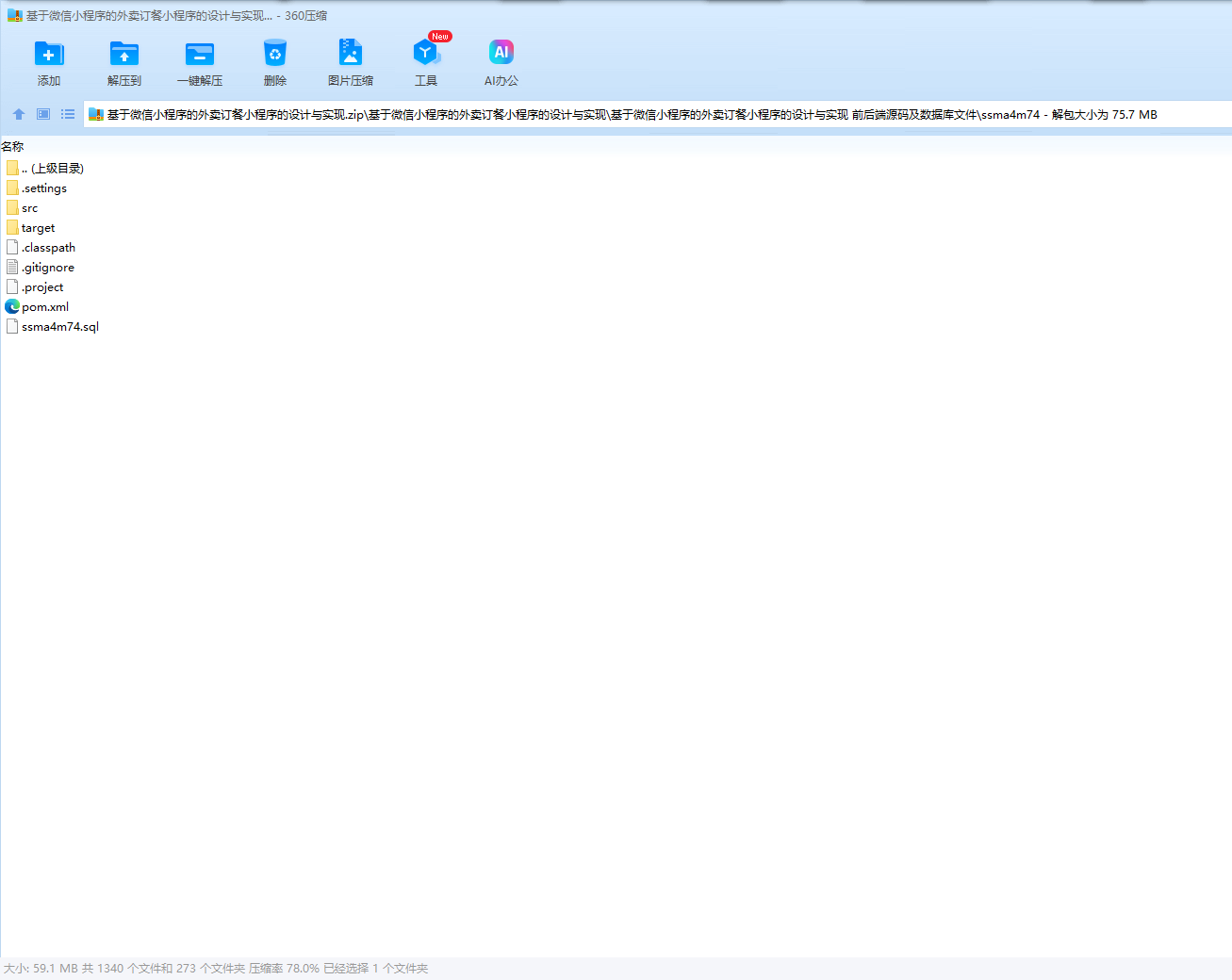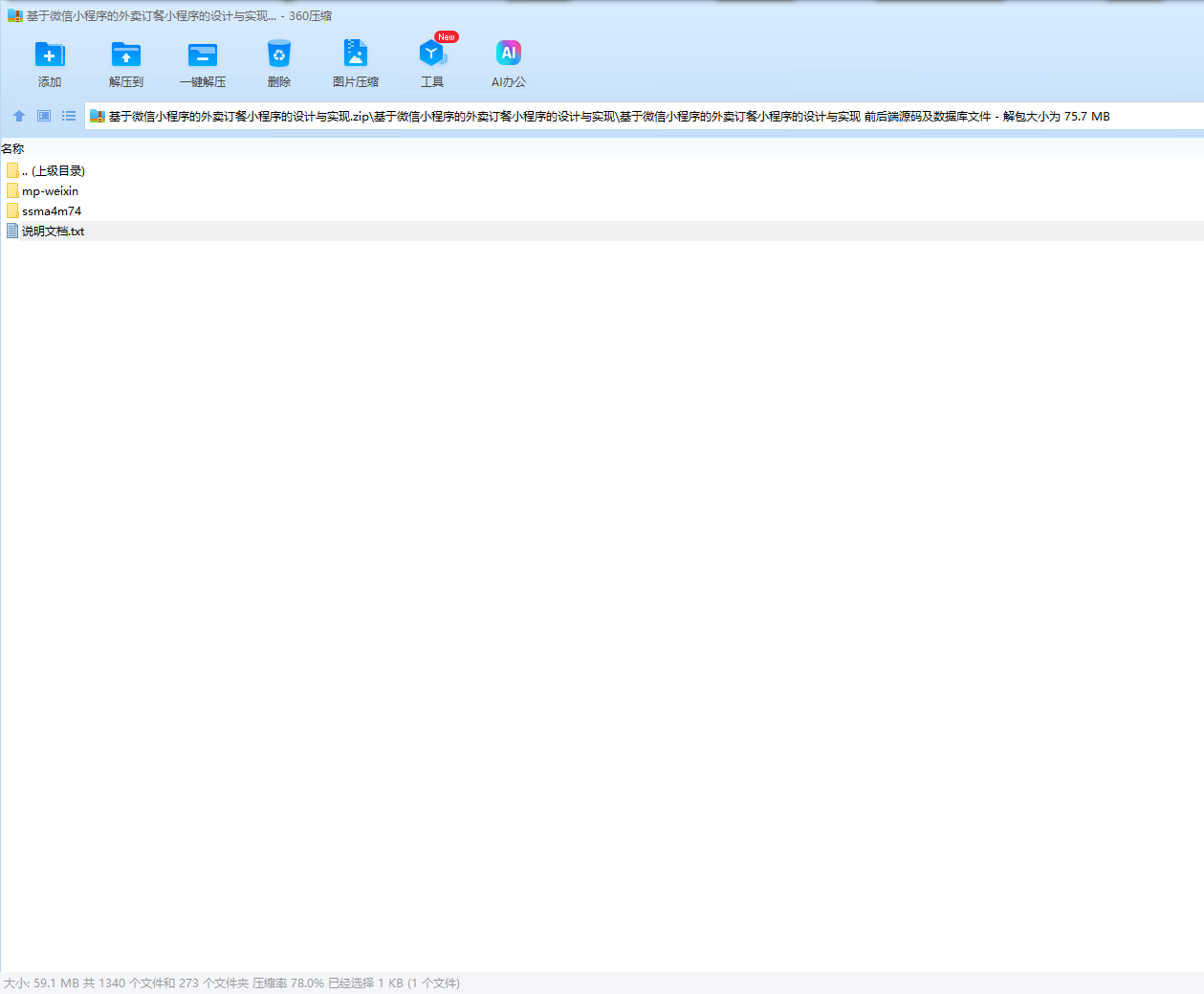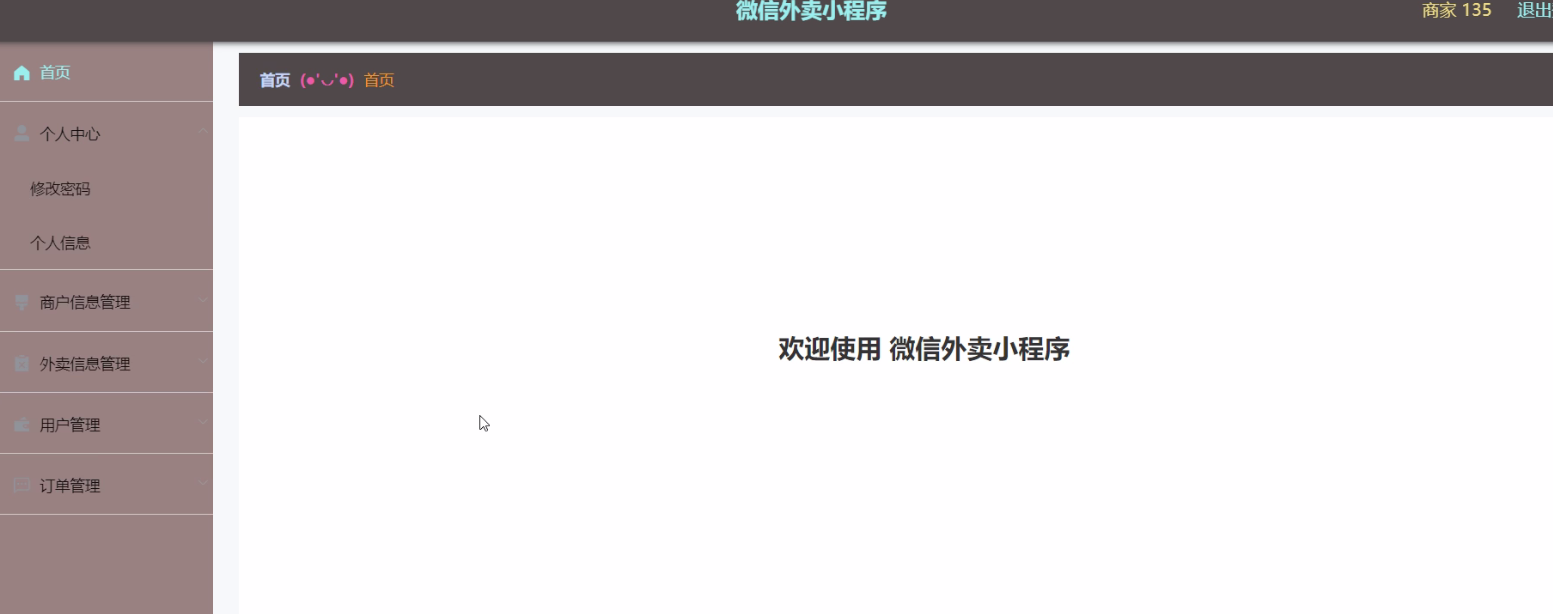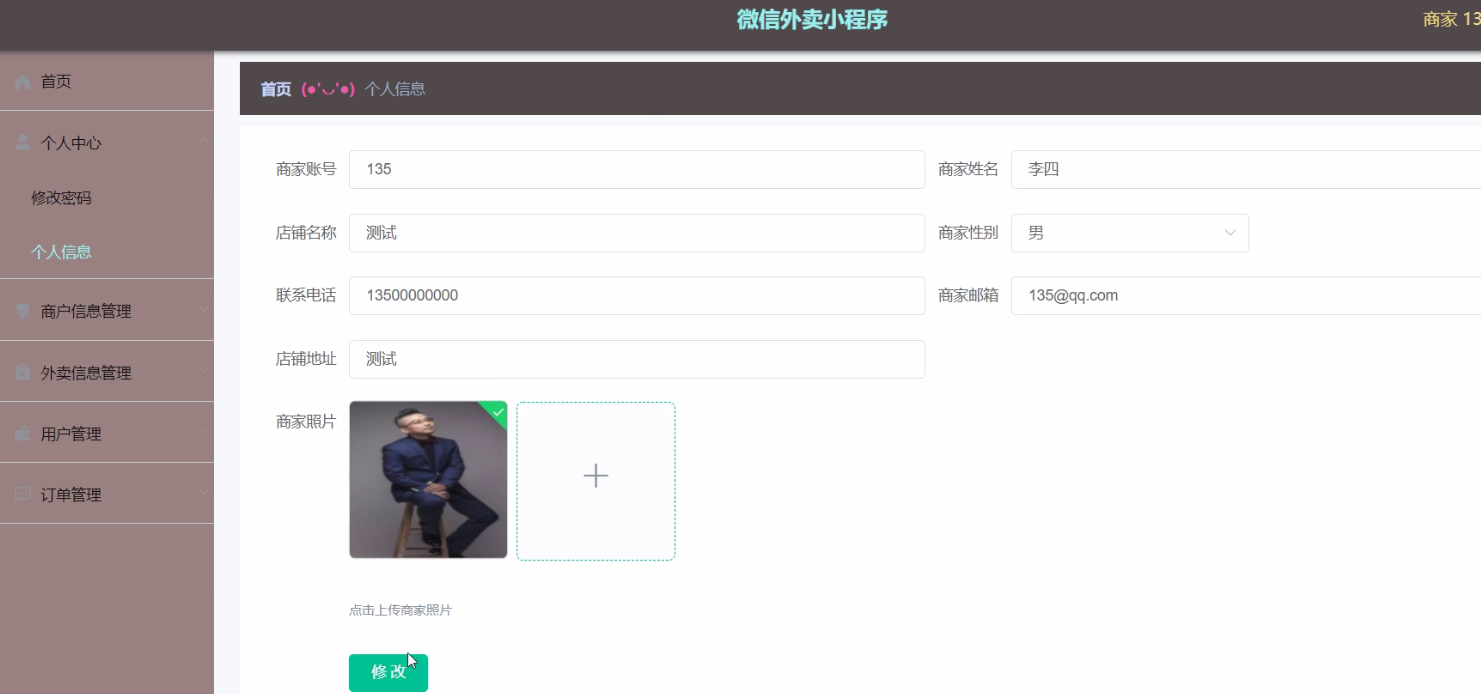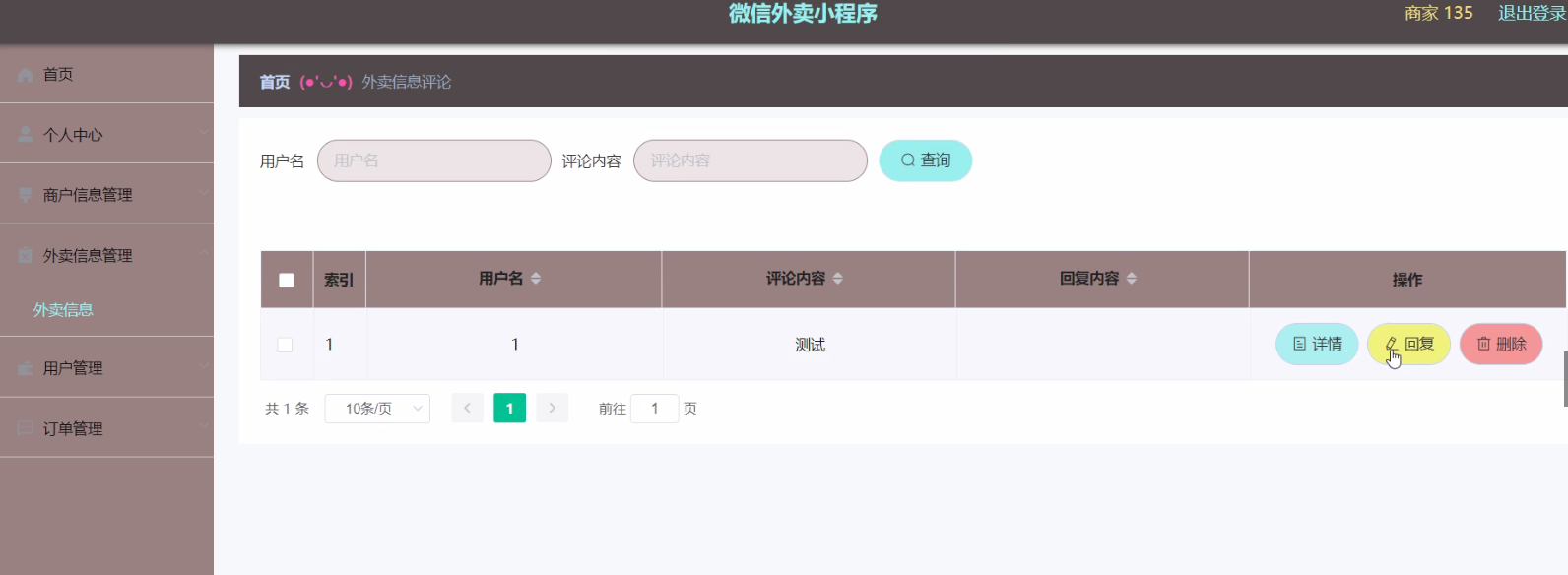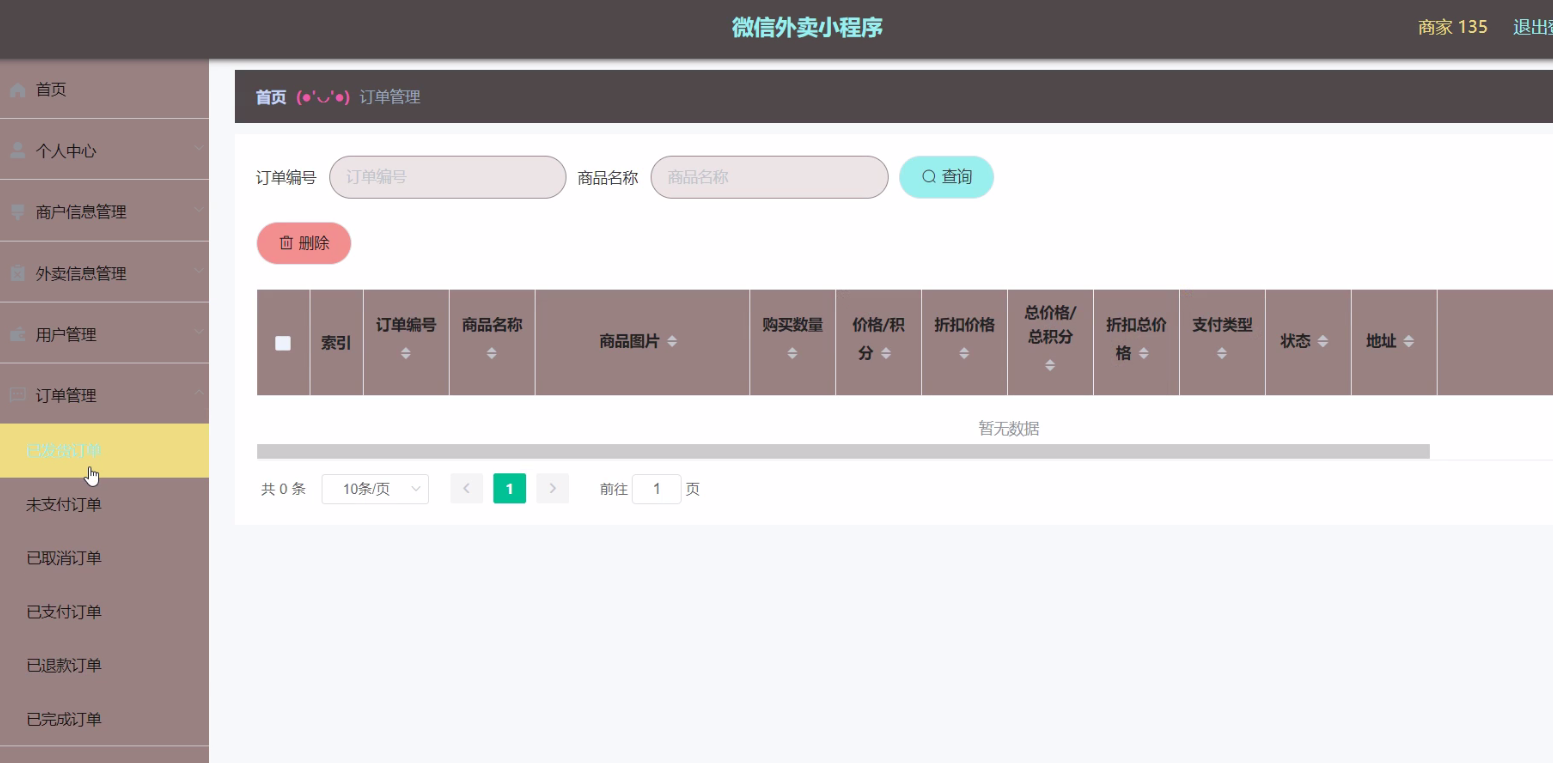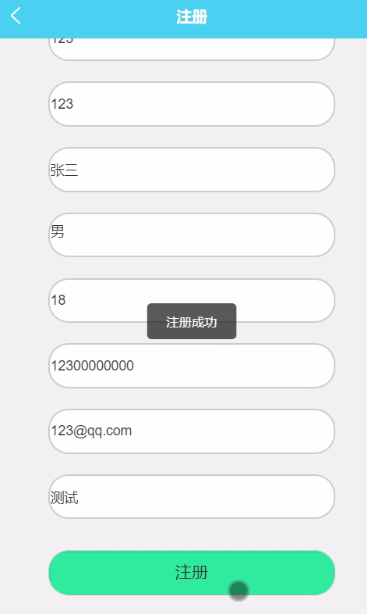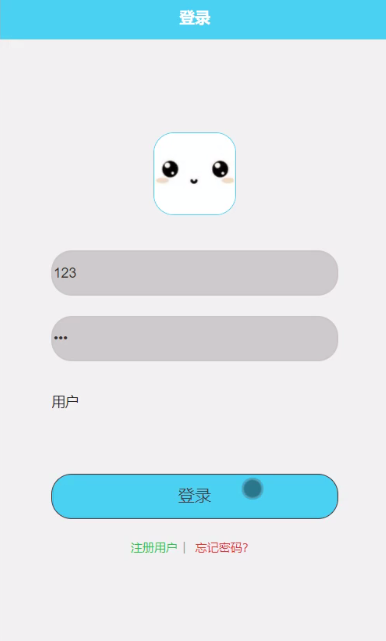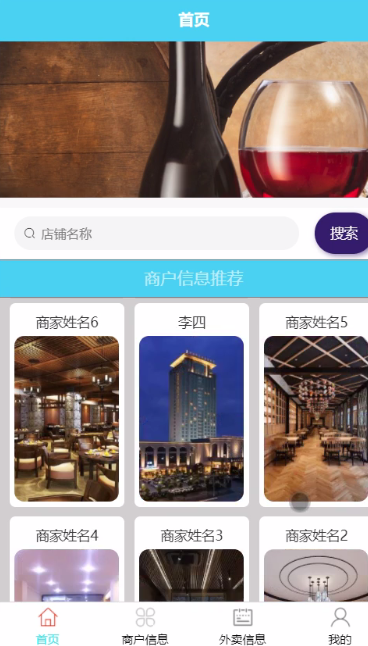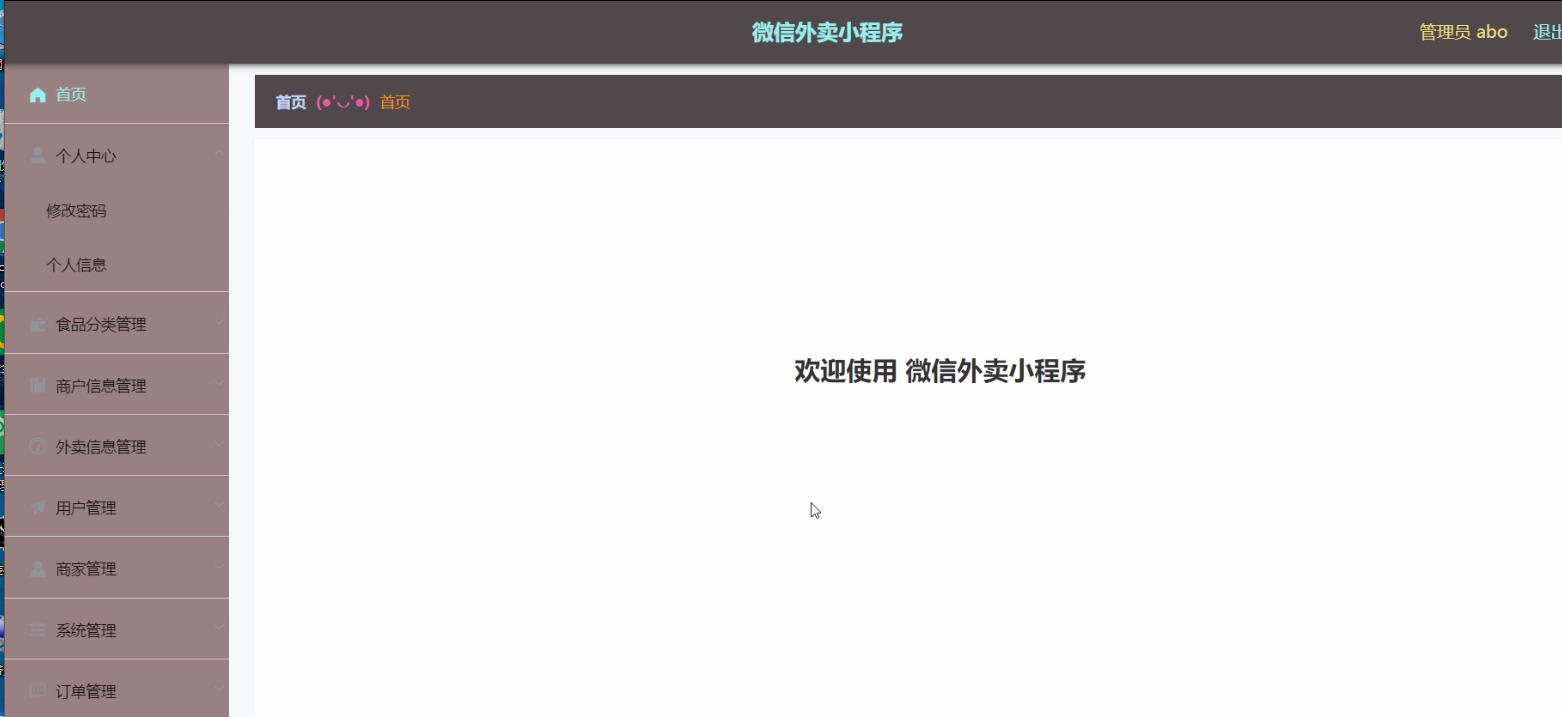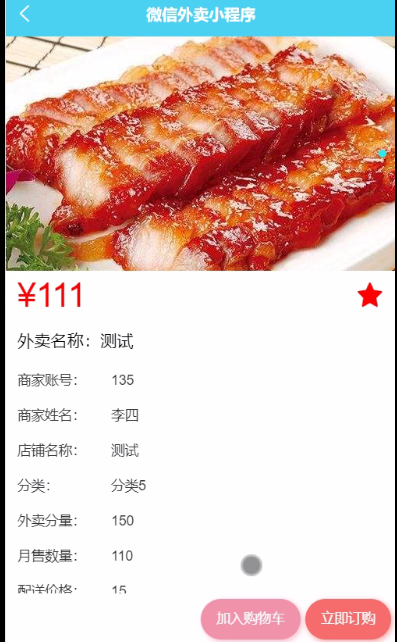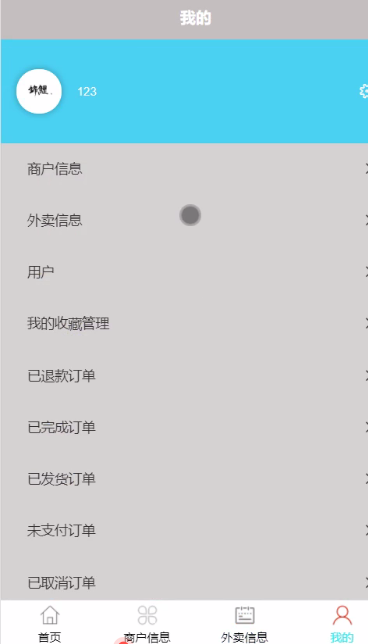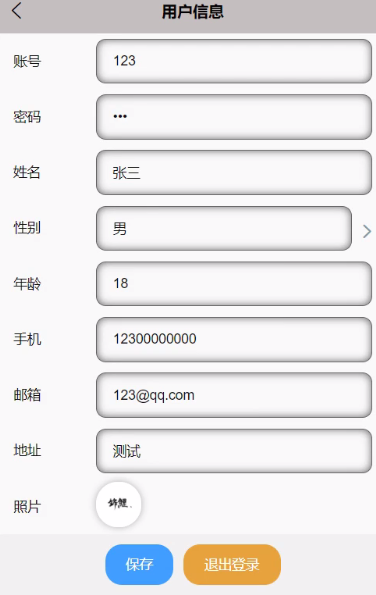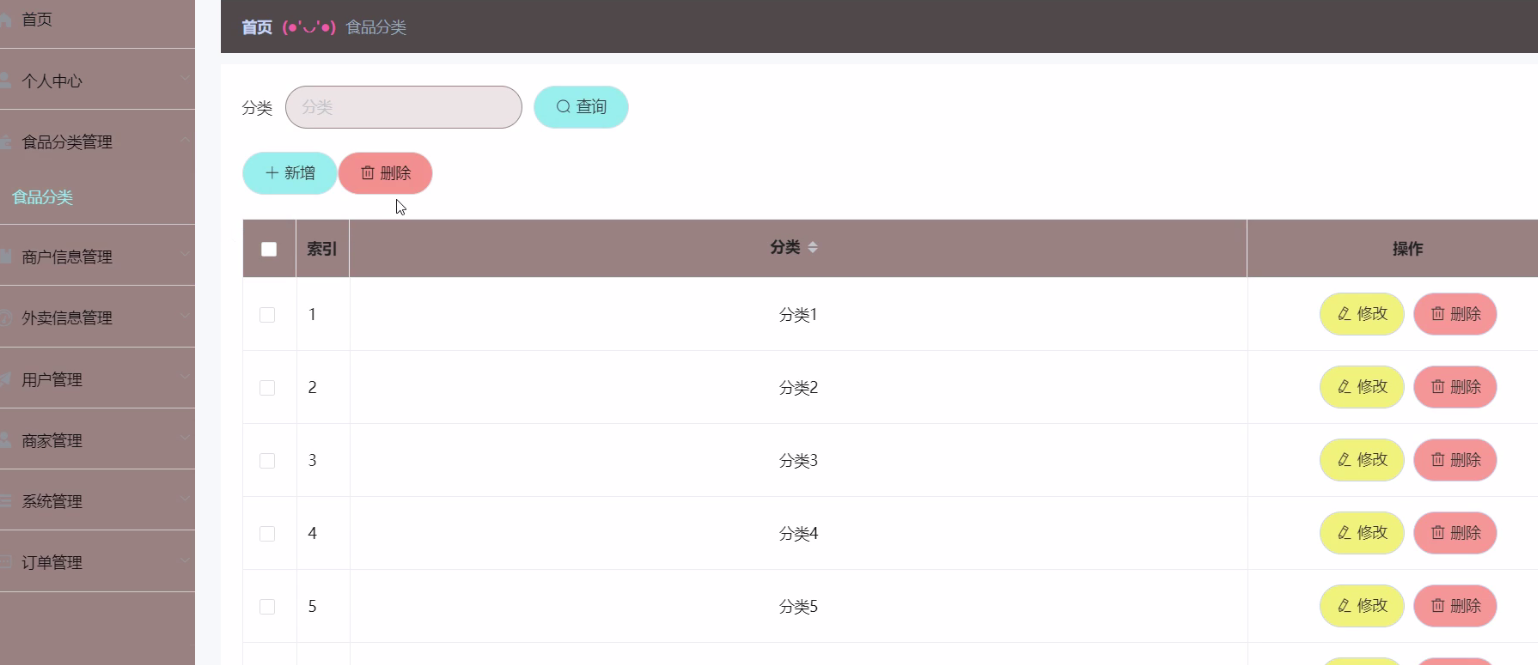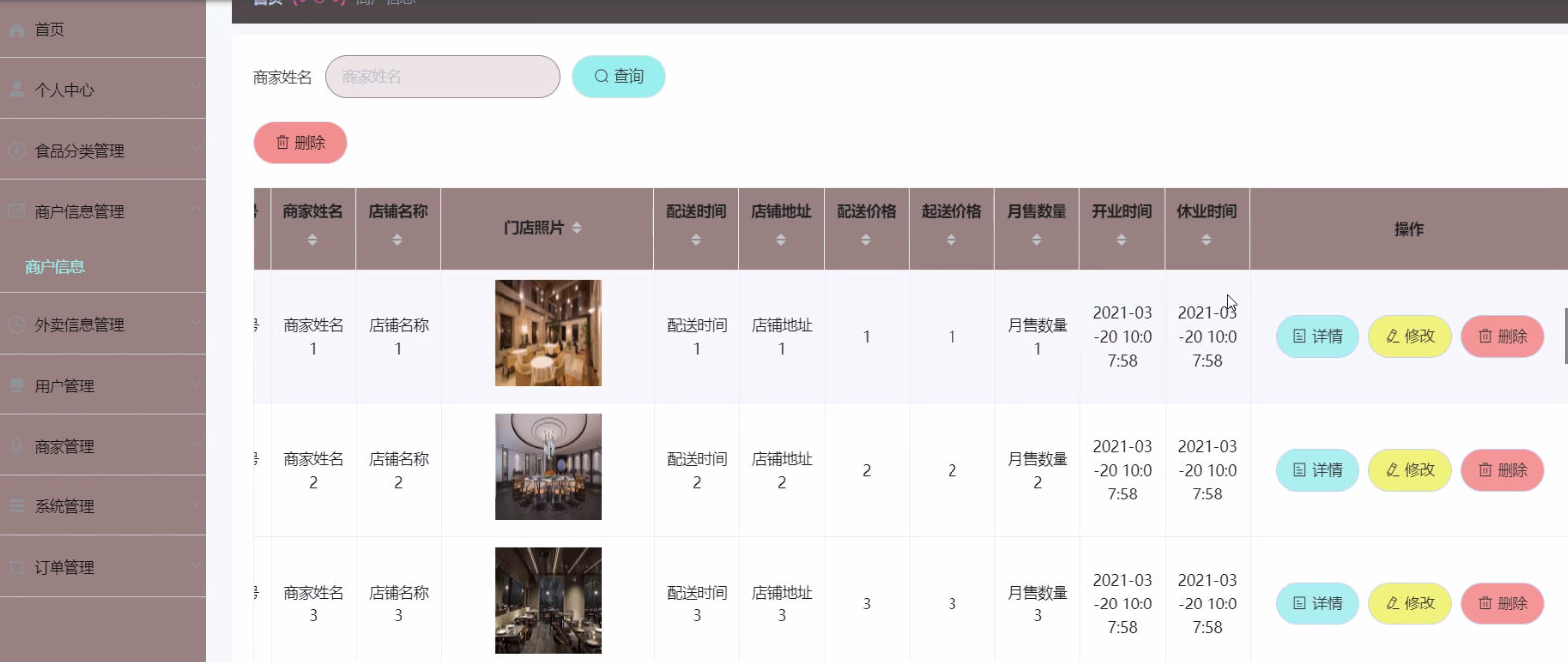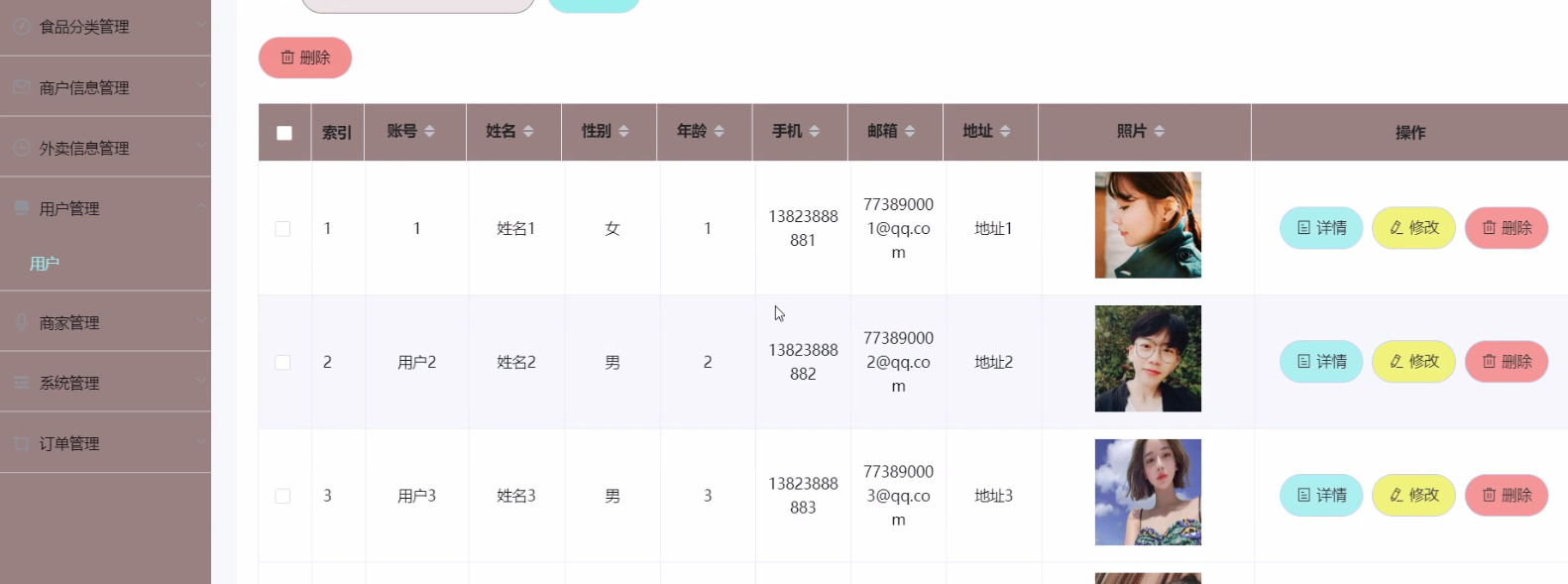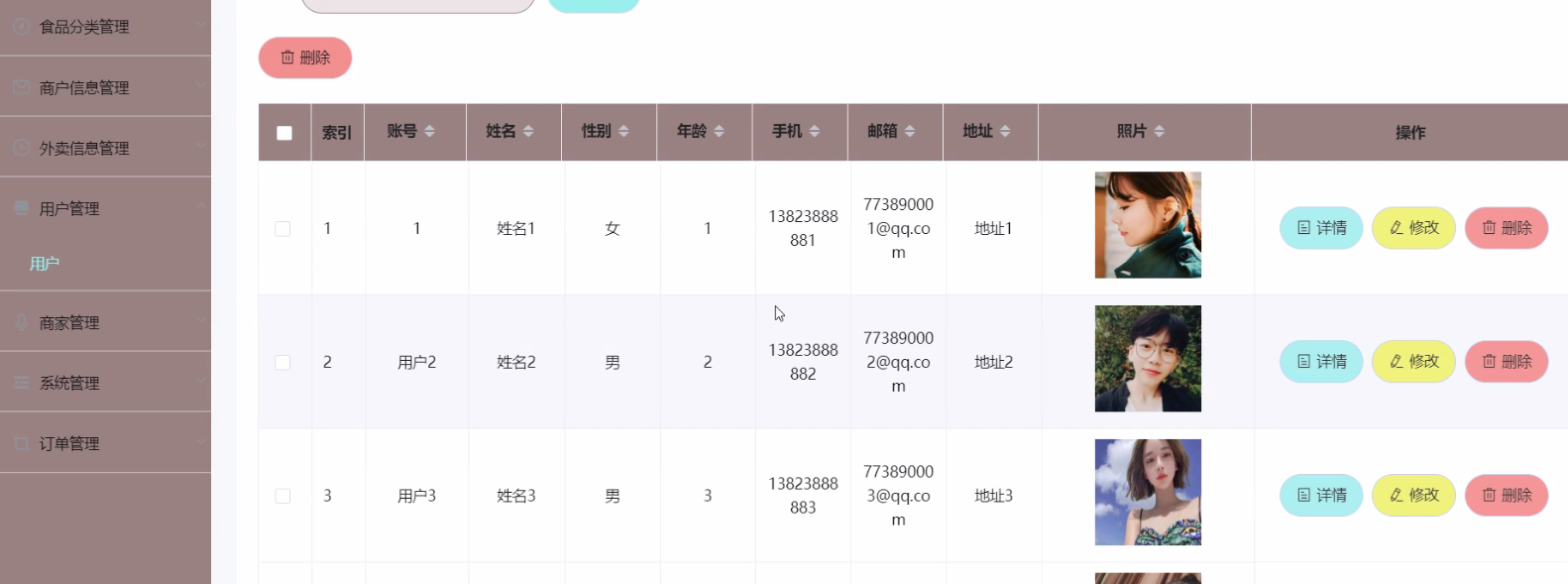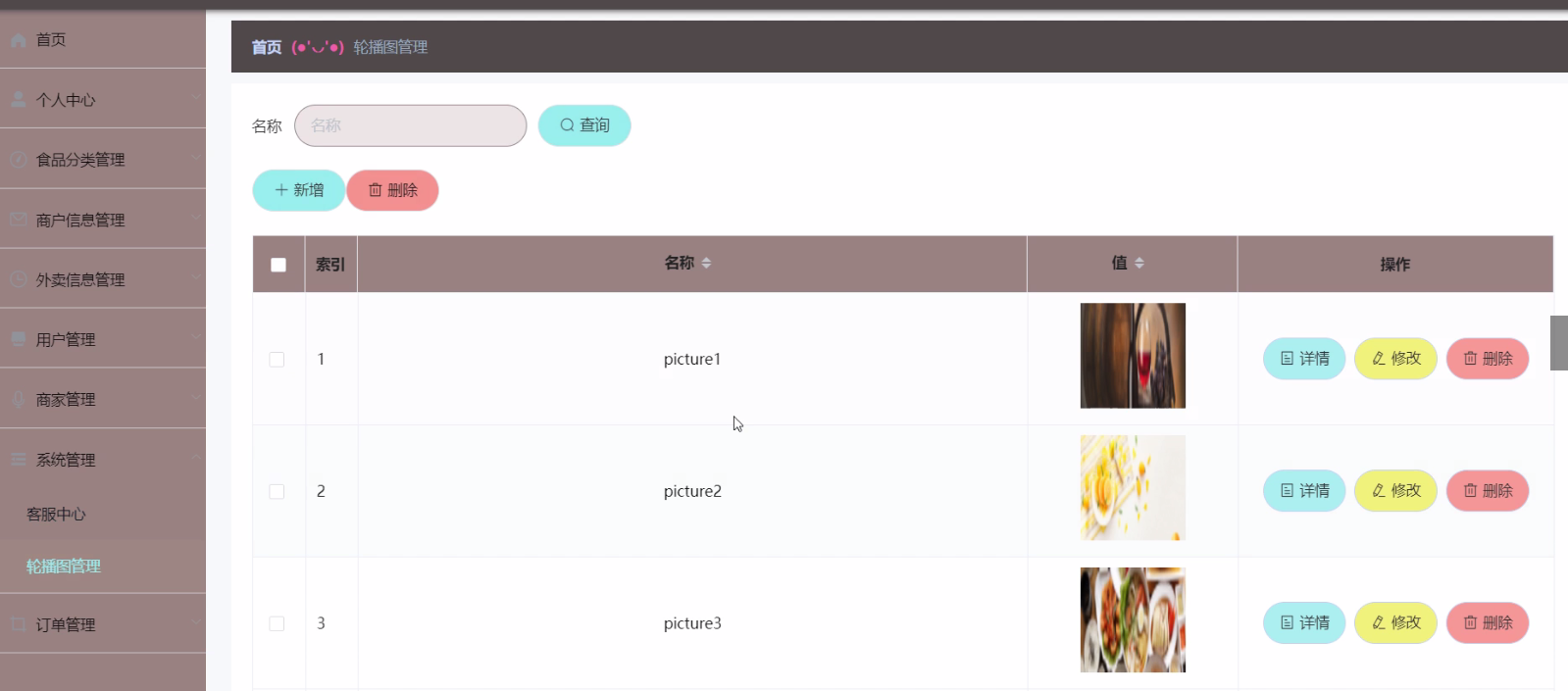摘 要
随着移动互联网技术的快速发展,微信小程序作为一种新兴的应用平台,以其轻量级和便捷的特性,逐渐成为人们日常生活中不可或缺的一部分。本文旨在探讨并实现一个基于微信小程序平台的外卖订餐系统,该系统以管理员、用户和商家的不同需求为出发点,构建了包括服务端和客户端的多功能模块。服务端功能涵盖了食品类型管理、商户信息管理、外卖信息管理、用户管理、商家管理、系统管理以及订单管理等关键模块,而客户端则提供了首页浏览、商户信息查询、外卖信息浏览和个人中心等用户友好的交互界面。系统采用Java语言进行后端开发,结合SSM(Spring, Spring MVC, MyBatis)框架以提高开发效率和系统稳定性,同时使用MySQL数据库进行数据持久化存储。本研究不仅为外卖订餐服务提供了一种新的解决方案,也为微信小程序在生活服务领域的应用提供了实践案例和理论参考。
关键词:微信小程序;外卖订餐系统;Java开发;SSM框架;MySQL数据库
Abstract
With the rapid development of mobile Internet technology, WeChat small program, as an emerging application platform, has gradually become an indispensable part of People's Daily life with its lightweight and convenient characteristics. This paper aims to explore and realize a takeout ordering system based on WeChat small program platform. The system takes the different needs of administrators, users and merchants as the starting point, and builds a multi-function module including server and client. The server function covers key modules such as food type management, merchant information management, takeout information management, user management, merchant management, system management and order management, while the client provides user-friendly interactive interface such as home page browsing, merchant information query, takeout information browsing and personal center. The system adopts back-end development in Java language, combined with SSM (Spring, Spring MVC, MyBatis) framework to improve development efficiency and system stability, while using MySQL database for data persistence storage. This study not only provides a new solution for takeout ordering service, but also provides practical cases and theoretical reference for the application of WeChat small program in the field of life service.
Key words: WeChat applet; takeout ordering system; Java development; SSM framework; MySQL database
目 录
摘 要
Abstract
1 绪论
1.1 选题背景及意义
1.1.1 选题背景
1.1.2 选题意义
1.2 国内外研究现状及发展趋势
1.2.1 国内研究现状
1.2.2 国外研究现状
1.2.3 发展趋势
1.3 本文研究主要内容
2 技术介绍
2.1 微信小程序开发框架
2.2 后端服务架构设计
2.3 数据库的选择与优化
2.4 系统安全性设计
3 需求分析
3.1 需求分析概述
3.2 可行性分析
3.2.1 经济可行性
3.2.2 技术可行性
3.3 系统功能分析
4 系统设计
4.1系统结构设计
4.2 数据库设计
4.2.1 实体ER图
4.2.2 数据表设计
5 系统实现
5.1 管理员服务端功能模块
5.2 商家服务端功能模块
5.3用户微信小程序端功能模块
6 系统测试
6.1 测试定义及目的
6.2 测试方法
6.3 测试模块
6.4 测试结果
结 论
致 谢
参考文献
